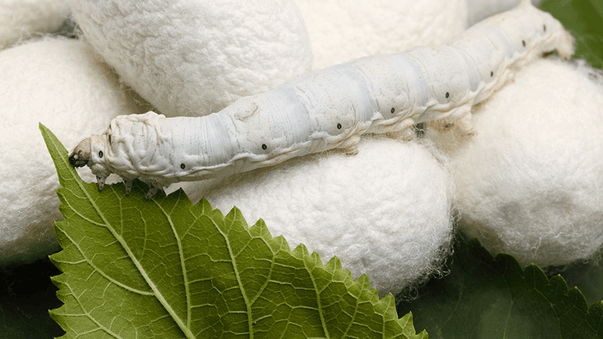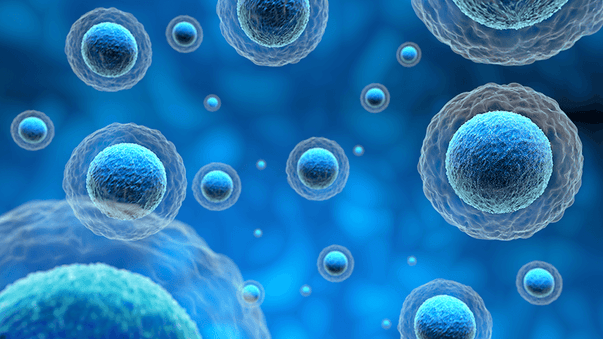Good News, Old News, and Fake News

The news summaries in Pulse are my personal selection of health sciences and human enhancement news. This week happened to be a slow one. Every week, I try to bring to you the most interesting news, selected on the basis of either immediate utility or long-term potential. For example, you can start experimenting with camu camu extract to lose weight right now, and you can hope to get a high-performance bionic eye in one or two decades.
Of course, my selection is biased by my own evaluation criteria and interests, and others have different and often more specific interests. Also, hundreds of interesting and credible health science news items are released every week, and no one can analyze them all. So today, I thought to give you some hints for evaluating health news.
One important piece of advice is: take what you read on the mainstream press with a grain of salt, and beware of fake news. Today, news is often poorly researched and sensationalized. A useful rule of thumb for evaluating the plausibility of an especially encouraging headline is: if it sounds too good to be true, it probably is. So, always double-check what you read on the mainstream press.
If a new development is really new, credible, and important, chances are that it is covered by recent press releases issued by top universities, research labs, or at times companies, as well as recent articles in peer-reviewed journals. A good and comprehensive science news service is Science Daily. To double-check health news, try to locate a news release in Science Daily. Also check Eurekalert, and the websites of the entities involved. If you find nothing, chances are that you followed old news (for example taken by a sensationalized headline of years ago), or fake news.
Also, remember that promising research results won’t become operational therapies next week, or next year.
Tropical fruit extract prevents obesity in overfed mice. Researchers at Université Laval and the Quebec Heart and Lung Institute Research Centre have found that an extract of camu camu, a fruit native to the Amazon, prevents obesity in mice fed a diet rich in sugar and fat. The research results, published in Gut, suggest that camu camu phytochemicals could play a leading role in the fight against obesity and metabolic disease. The fruit extract is already commercialized to combat fatigue and stress and stimulate the immune system.
Real-time monitoring of oxygen level in cells could detect critical cellular changes. Scientists at Tokyo Institute of Technology have developed a fluorescent protein sensor able to provide real-time information on dynamic changes in oxygen levels in cells, with very high sensitivity. A study published in Scientific Reports describes how the researchers leveraged a protein, direct oxygen sensor protein (DosP), from the bacterium E. coli to either bind or release oxygen depending on the oxygen levels inside the cell. The scientists hope that the new sensor might revolutionize our ability to detect cellular changes of critical importance, such as in tumors and following stroke and heart attack.
Experimental brain implant stops epileptic seizures. Researchers at the University of Cambridge, the École Nationale Supérieure des Mines, and INSERM, have demonstrated how an electronic device implanted directly into the brain can detect, stop and even prevent epileptic seizures in lab mice. The neural probe, described in a research paper published in Science Advances, incorporates electrodes to monitor neural activity, and a tiny ion pump able to deliver a drug when the neural signal of a seizure is detected. The scientists are optimistic on the long-term prospects of this development, but warn that the potential treatment would not be available for humans for several years.
Immune cell protein could treat Alzheimer's disease. Researchers at the University of Florida have discovered that a modified version of an important immune cell protein could be used to treat Alzheimer's disease. A study published in Journal of Experimental Medicine shows that soluble versions of a protein called TLR5 can reduce the buildup of amyloid plaques in the brains of Alzheimer's disease model mice, and prevent the toxic peptide that forms these plaques from killing neurons.
Advance toward 3D-printed bionic eyes. Researchers at the University of Minnesota have 3D-printed an array of light receptors on a hemispherical surface. The development, which combines advances in 3D printing, electronics, and biology in a single platform, is described in a research paper published in Advanced Materials. According to the scientists, this development marks a significant step toward creating a “bionic eye” that could someday help blind people see or sighted people see better.
More Articles
Don't miss a beat! In our Pulse Newsletter, Thrivous curates the most important news on health science and human enhancement, so you can stay informed without wasting time on hype and trivia. It's part of the free Thrivous newsletter. Subscribe now to receive email about human enhancement, nootropics, and geroprotectors, as well as company news and deals.
Read more articles at Thrivous, the human enhancement company. You can browse recent articles in Thrivous Views. See other Pulse Newsletter articles. Or check out an article below.
-
Silk Protein Fibroin Hydrolysate for Memory Enhancement
A recent study on silk protein fibroin hydrolysate (silk fibroin) has renewed interest in its potential to enhance memory. Products ...
-
Efficient Gene Editing with Cellular Precision
A new highly efficient and precise gene editing technology developed at UC Santa Barbara (see below) could have huge long-term ...


